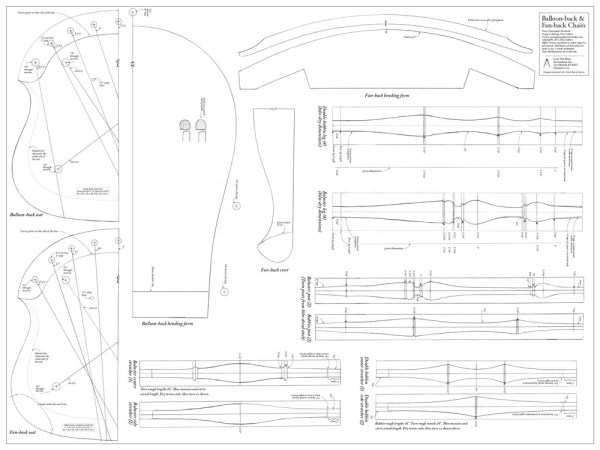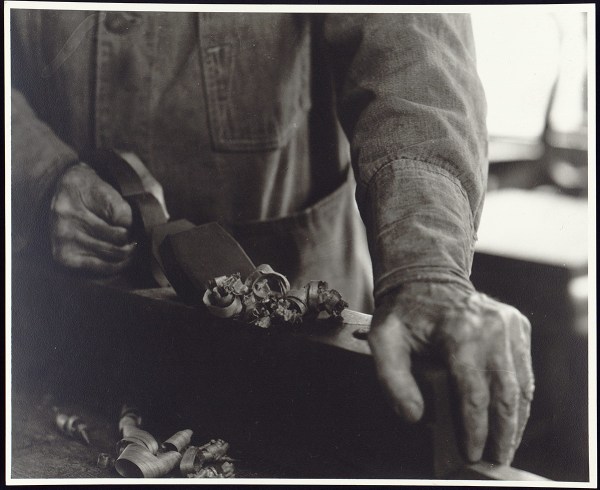“Nearly all articles of free-standing furniture are variations on two basic shapes: a platform or a box.”
— John Gloag, “A Social History of Furniture Design: From B.C. 1300 to A.D. 1960” (Crown).
One caveat, Mr. Gloag. Some pieces of furniture are both a platform and a box.
As I finish up “The Furniture of Necessity” book, I’ve started to play a little game with myself. It’s called “S$%^w Dovetails.” I try to figure out how to build a piece of furniture without dovetails or other high-class joinery.
In other words: Can I build solid, solid pieces with only staked joints and some nails?
Today I designed a bunch of beds. I could have designed these beds by making boxes with nails alone, but then they would look too much like platform waterbeds. At the Schwarz household one Christmas we ALL received waterbeds. (Did I mention that I become easily seasick?)
I’m going to build some of these beds when I return from Boston and before I head to England. But my little design game has also made my pencil go nuts with sideboards, dressers, desks, couches and chairs.
Clearly, I’ve given myself over to my odd ideas about furniture and am wallowing in my own… pig excrement at this point. But the option is to wallow in someone else’s historical excrement, which could have more corn kernels than is to my liking.
— Christopher Schwarz
Note: I removed the suggestion of a very coarse word in the text above. Not because anyone complained (no one did), but because I had intended to soften it before publishing and forgot. Apologies.






